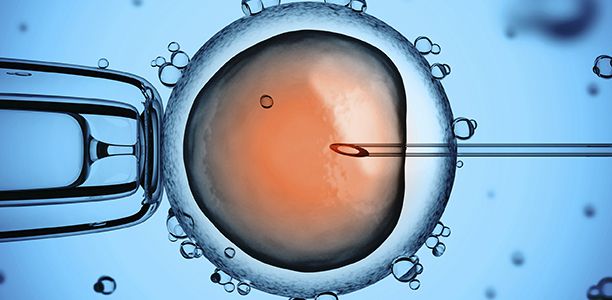A collaboration between biologists and engineers at Monash University has led to the development of a new non-invasive image processing technique to visualise embryo formation. Researchers were able to see, for the first time, the movement of all of the cells in living mammalian embryos as they develop under the microscope. This breakthrough has important implications for IVF (in vitro fertilisation) treatments and pre-implantation genetic diagnosis (PGD). In the future, this approach could help with embryo selection before the embryo is implanted back into the uterus to improve IVF success rates.
This latest research, published in Developmental Cell, and titled ‘Cortical Tension Allocates the First Inner Cells of the Mammalian Embryo’, provides new insights into embryo formation and challenges the prevailing model of cell placement through division. The three joint first authors are: Dr Melanie White, Research Fellow at the Plachta Lab at Australian Regenerative Medicine Institute (ARMI), Dr Yanina Alvarez of University of Buenos Aires and Rajeev Samarage, PhD candidate supervised by Prof Andreas Fouras at the Department of Mechanical and Aerospace Engineering at Monash University.
Mammalian embryos start out as a small group of identical cells. Then at an early stage, some of these cells take up an internal position within the embryo. These internal cells are the ones that will go on to form all of the cells of the body while the remaining outer cells go on to form other tissues such as the placenta.
For many years, researchers theorised that the internal cells adopt their position through a special process of cell division, but due to technological limitations, this had never actually been shown. Using their newly developed imaging methods, the Monash University researchers were able to demonstrate that this model of embryo formation was incorrect.
The researchers then applied cutting-edge laser techniques to the mammalian embryo (previously used in fly and plant embryos or cultured cells only) to determine what forces were acting on the cells to make them move inside the embryo.
Using these new imaging techniques, researchers were able to see how the cells moved and changed shape over time as they were ‘pushed’ inside to form the internal mass. They showed that there are differences in the tension of the membranes of the cells and these differences are what determine which cells will move inside to form the body. By altering the tension of the cells using lasers or genetic manipulations, researchers could change which cells move inside the embryo.
These findings also offer future potential to make alterations to improve inter-cellular forces and cell formation.
“Our findings offer an attractive possibility where alterations to the inter-cellular forces could increase embryo viability leading to better IVF outcomes. We can think of this as a ‘push in the right direction’,” Mr Samarage said.
Work is underway to use this new custom image segmentation technology with non-invasive imaging approaches to see how human embryos used in IVF or pre-implantation genetic diagnosis (PGD) first organise their cells.
“If in the future, we can combine our new image processing technique with non-harmful dyes that can label the membranes of human embryos, we may be able to evaluate embryos used in IVF and decide which ones to implant to have the best chance of success,” said Dr Melanie White.
(Source: Monash University, Developmental Cell)











